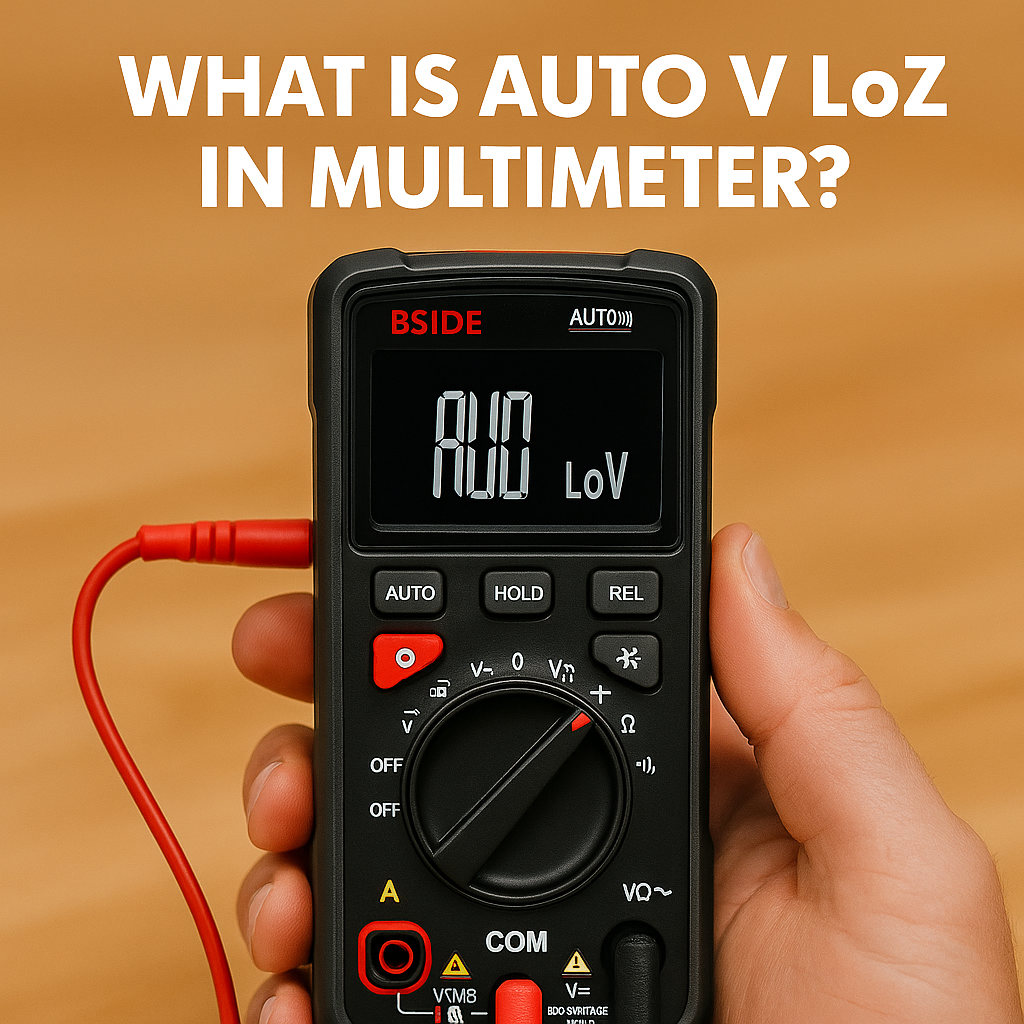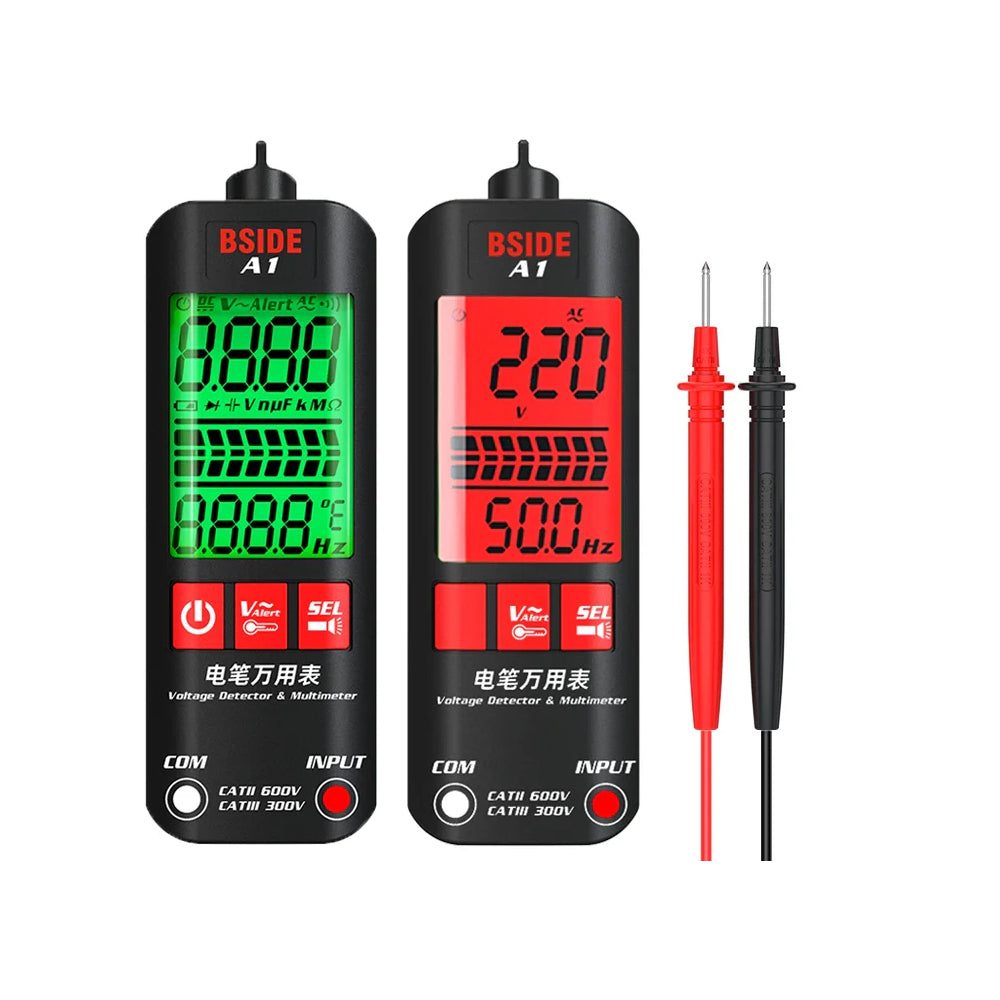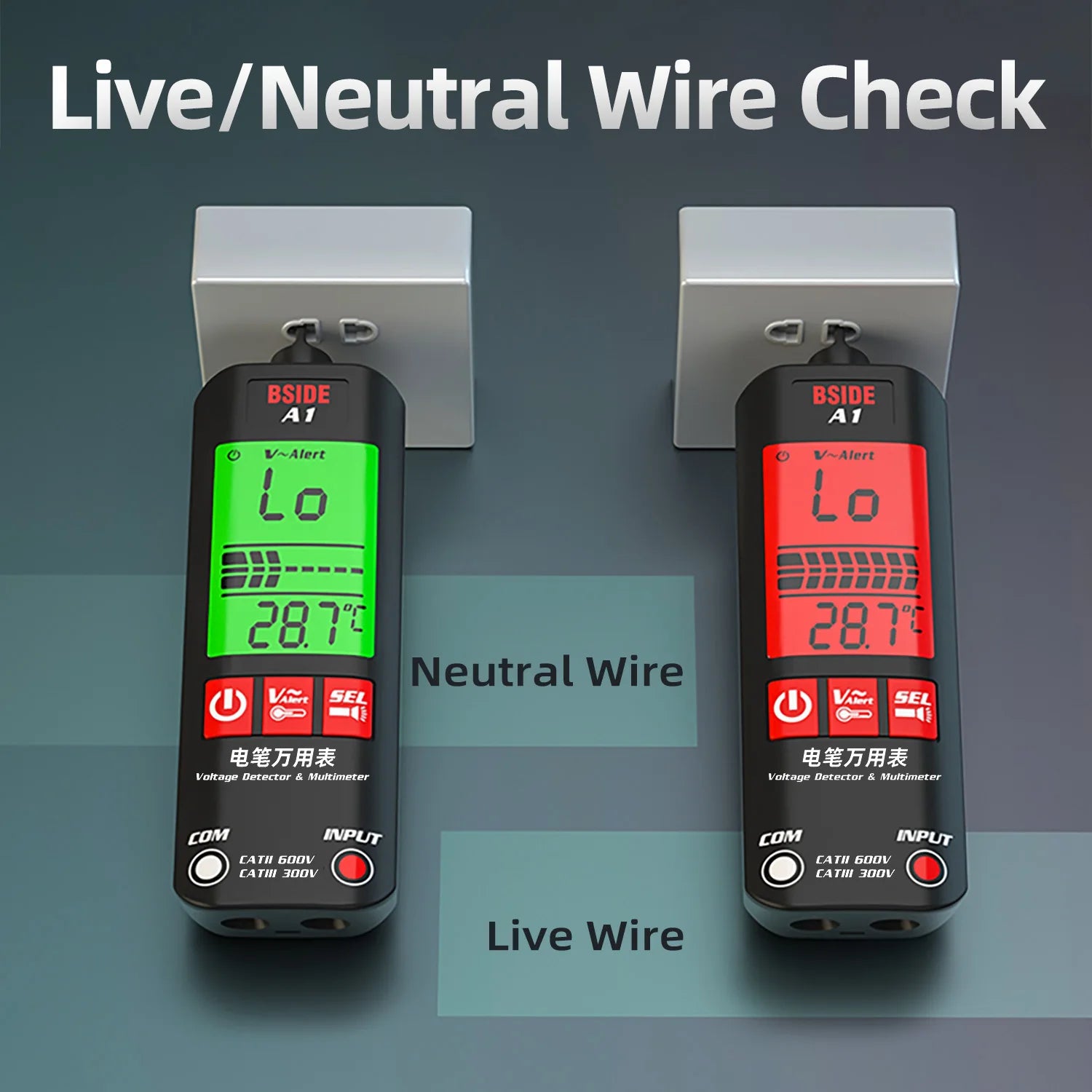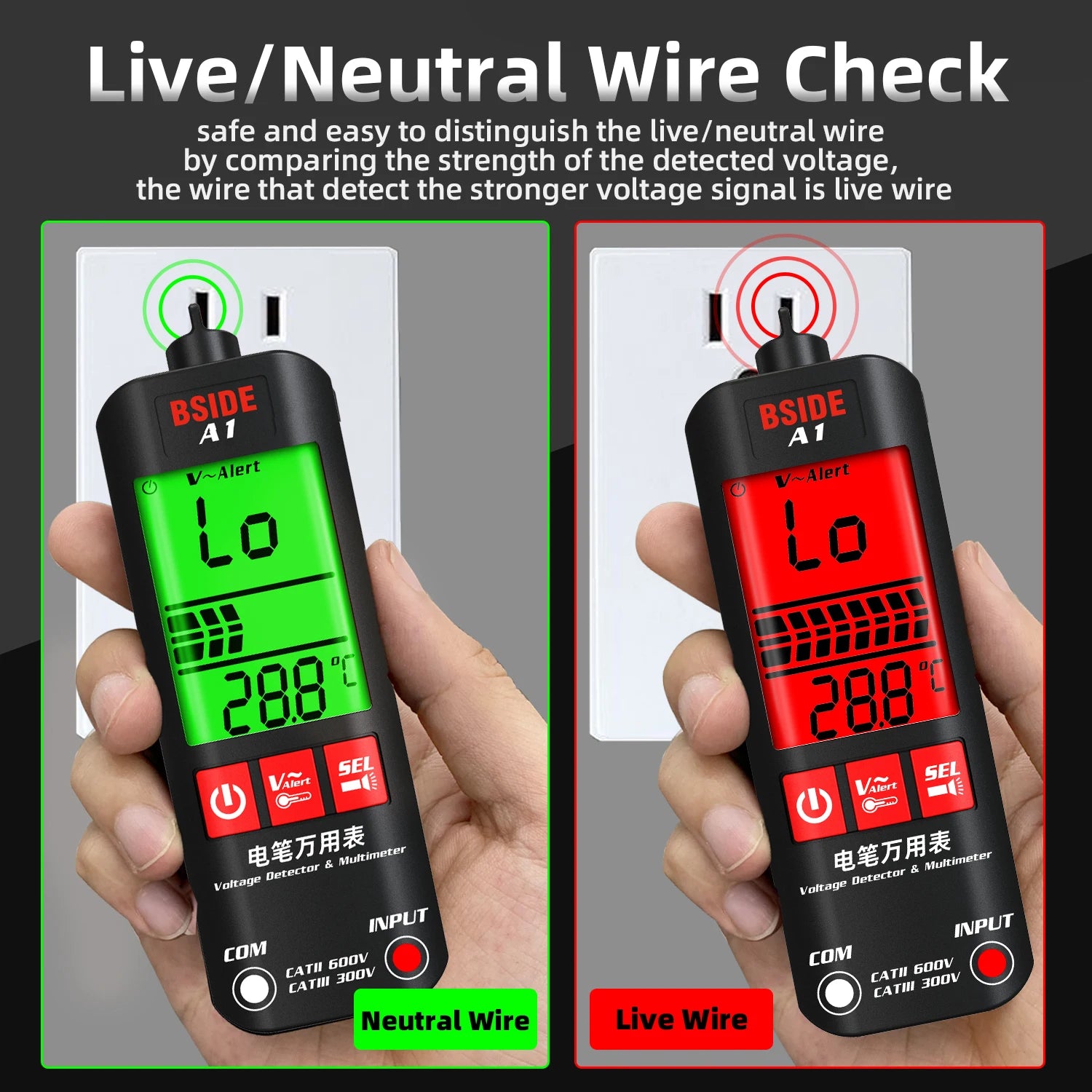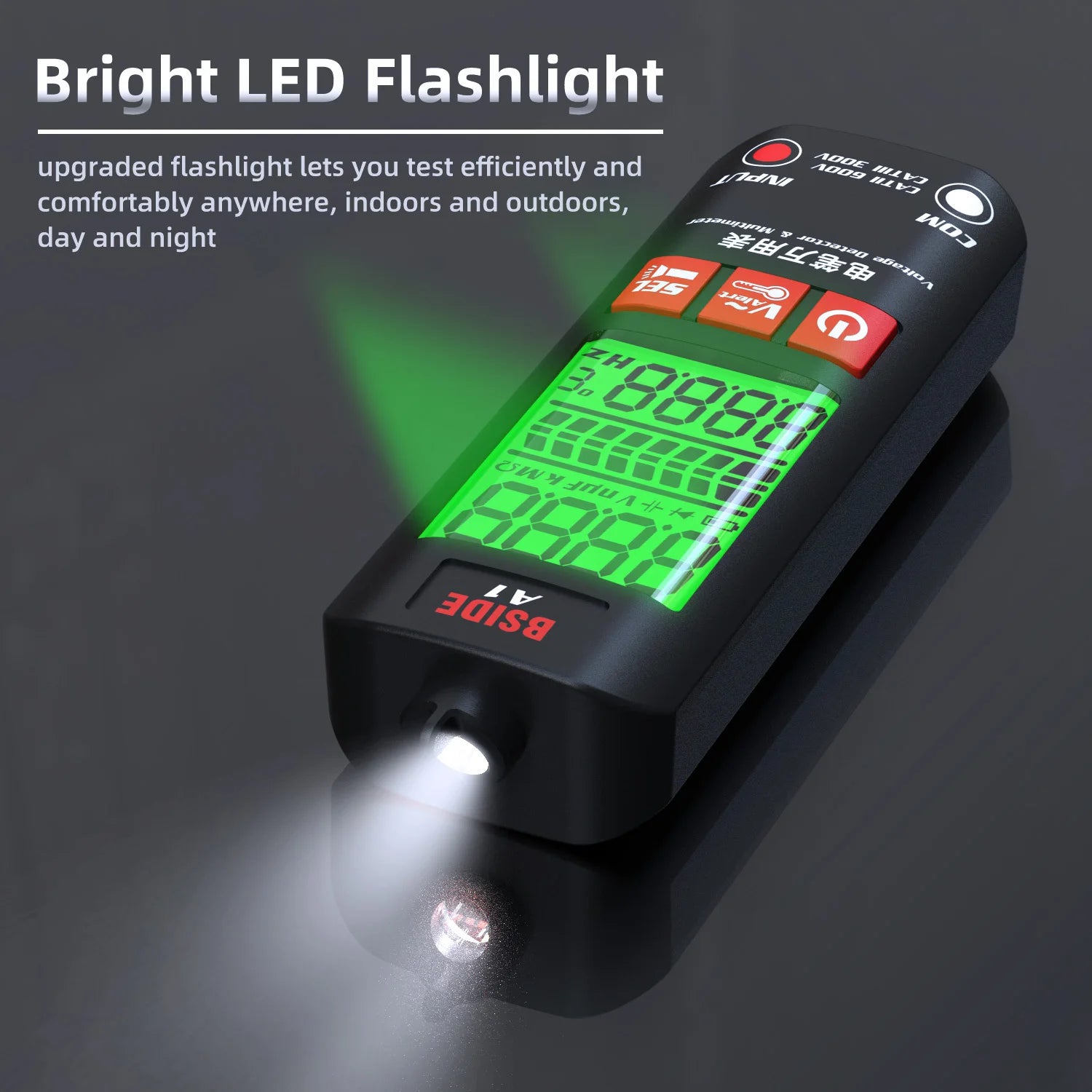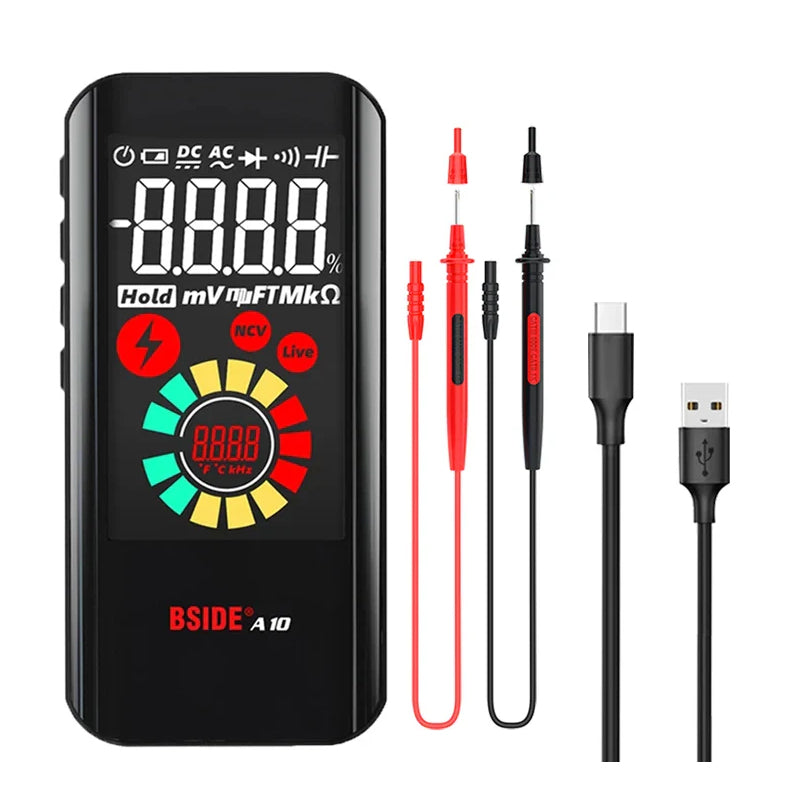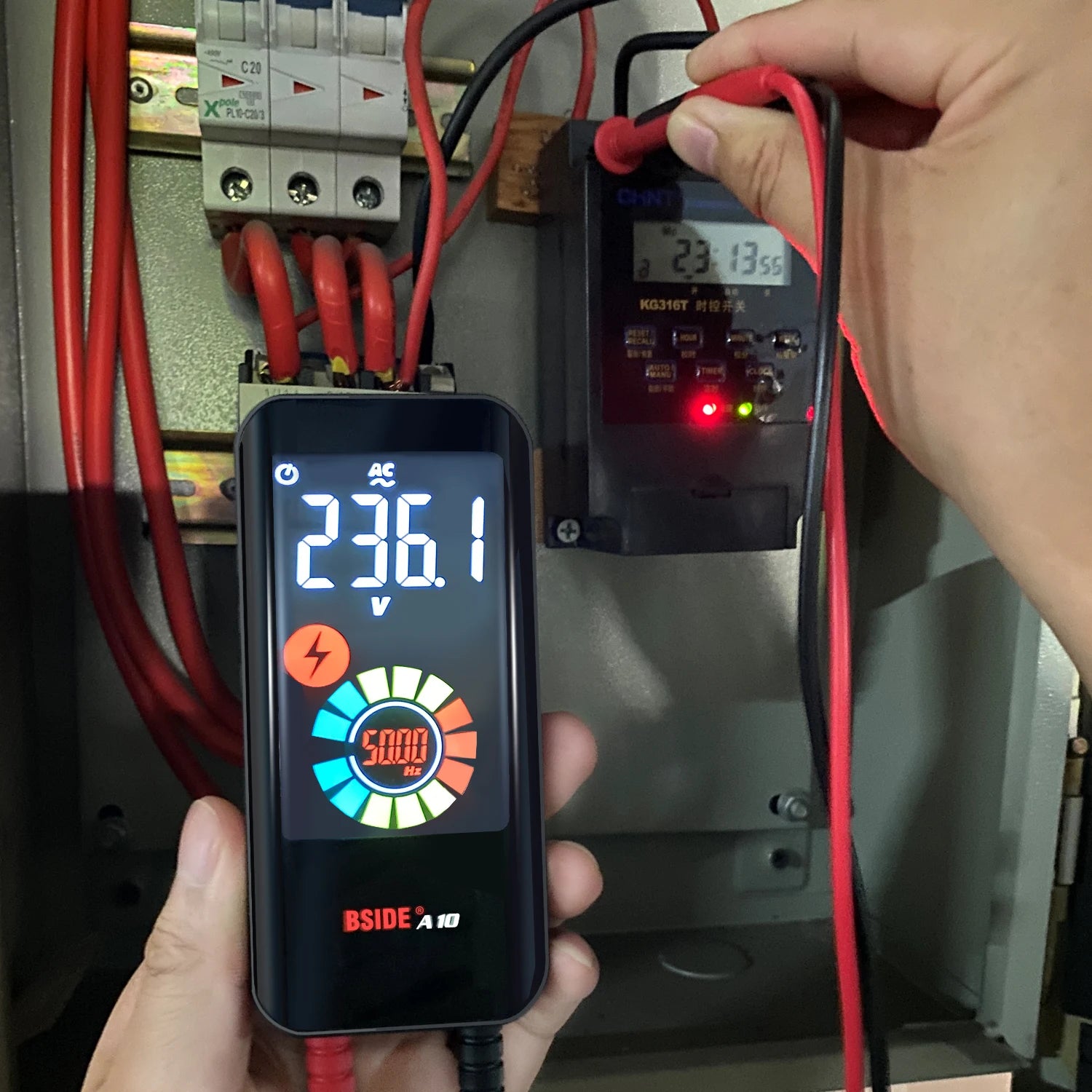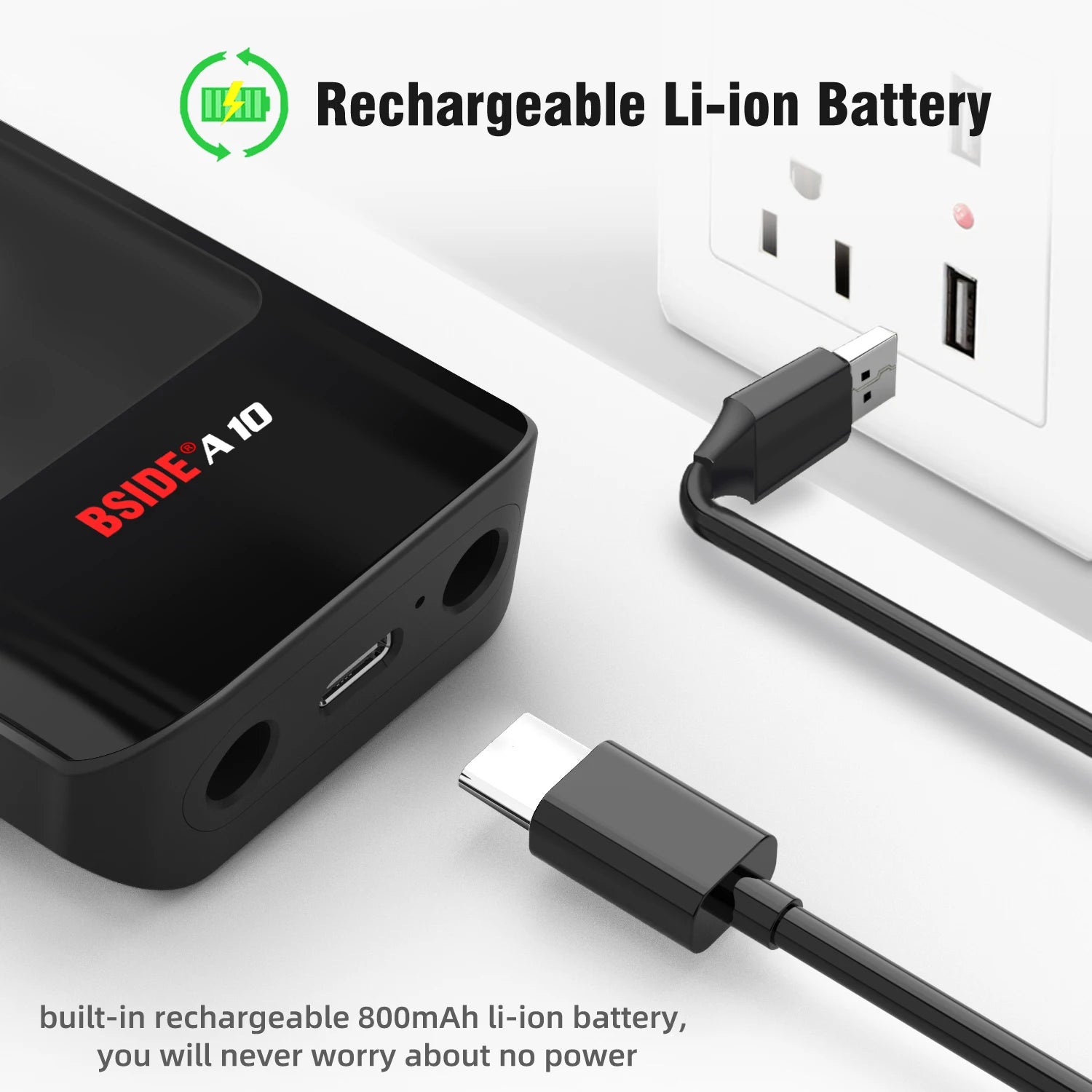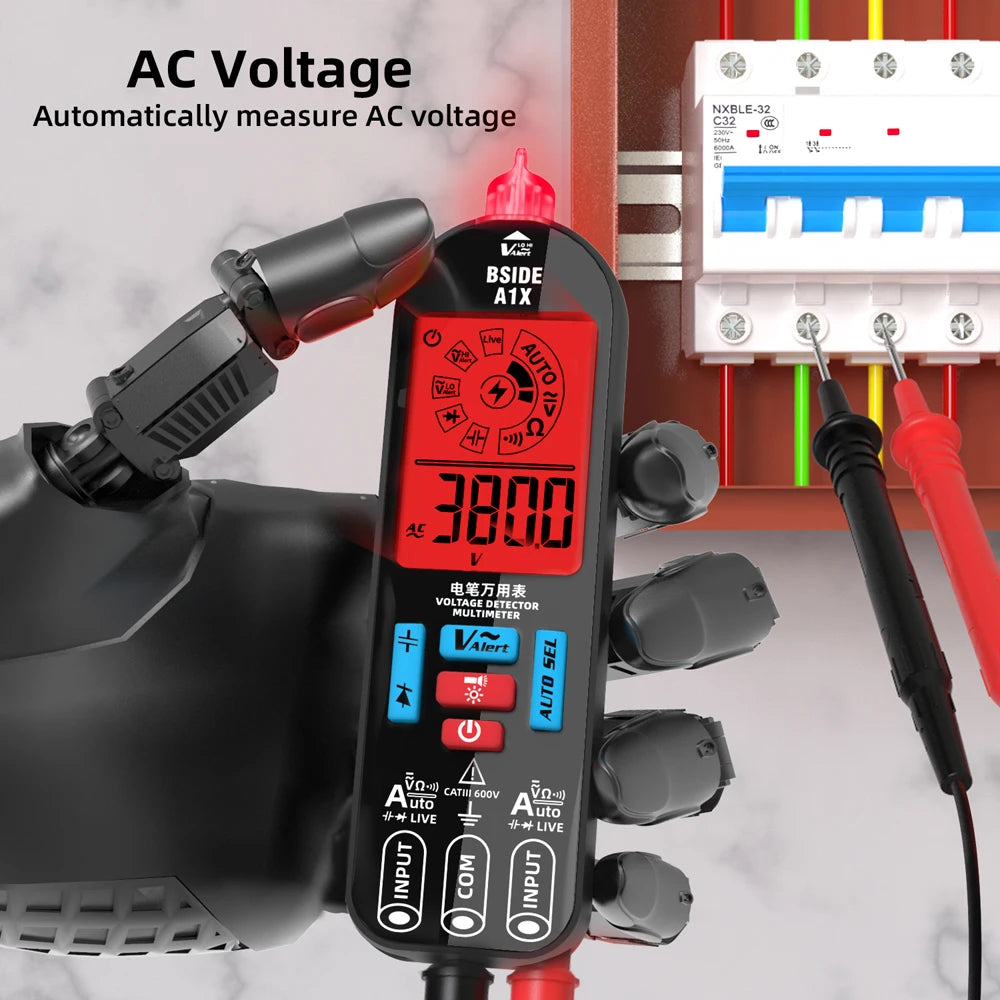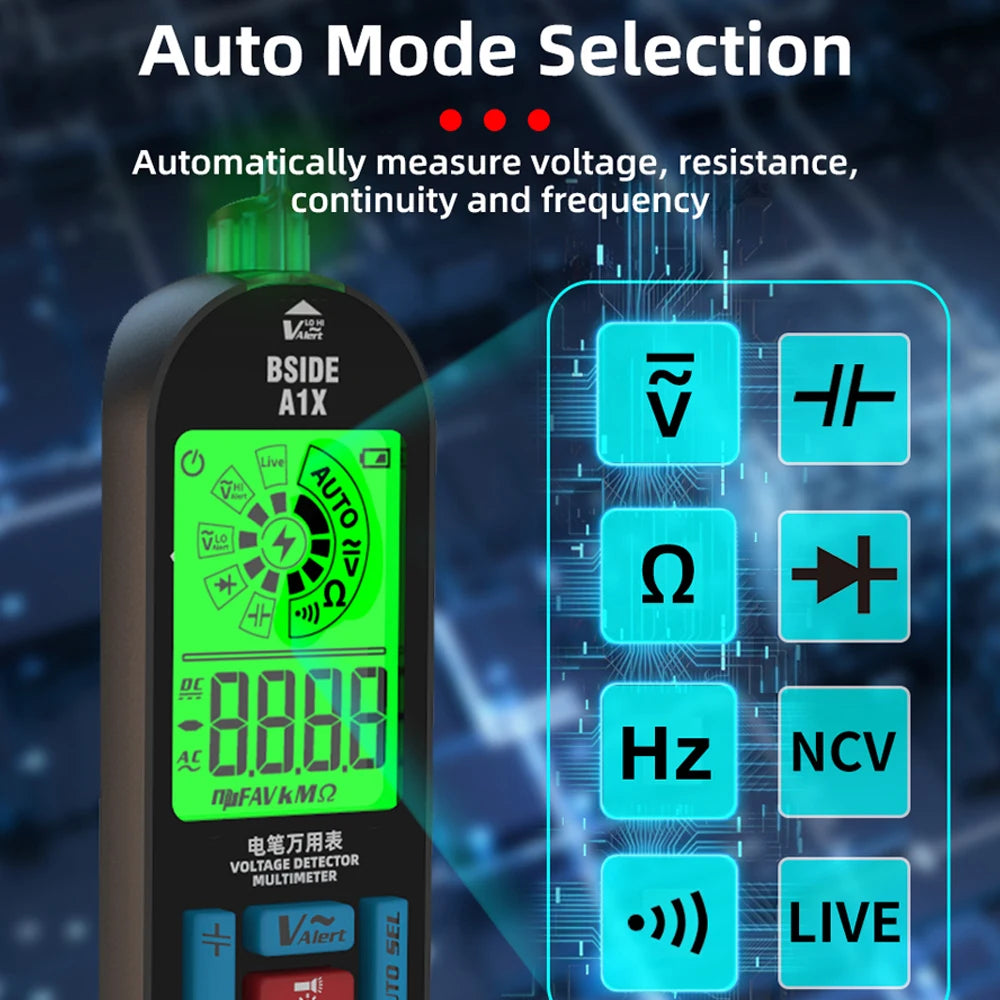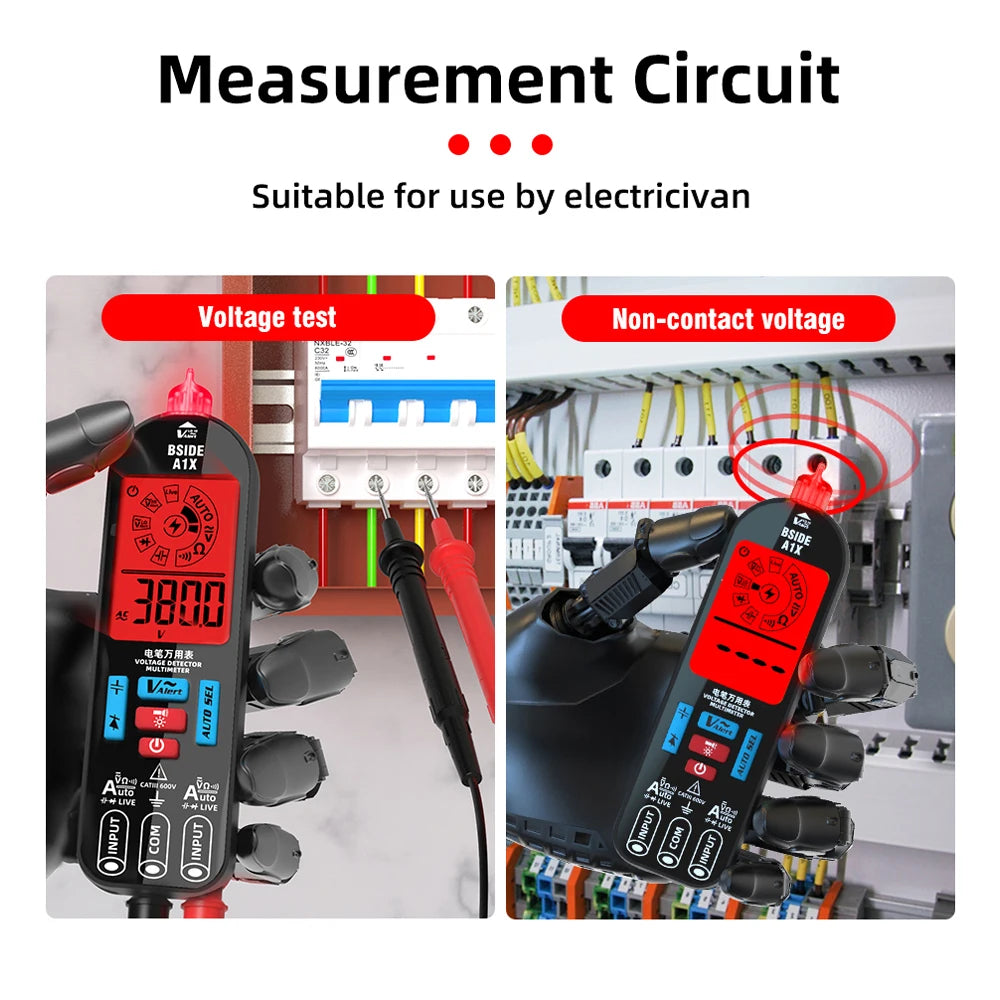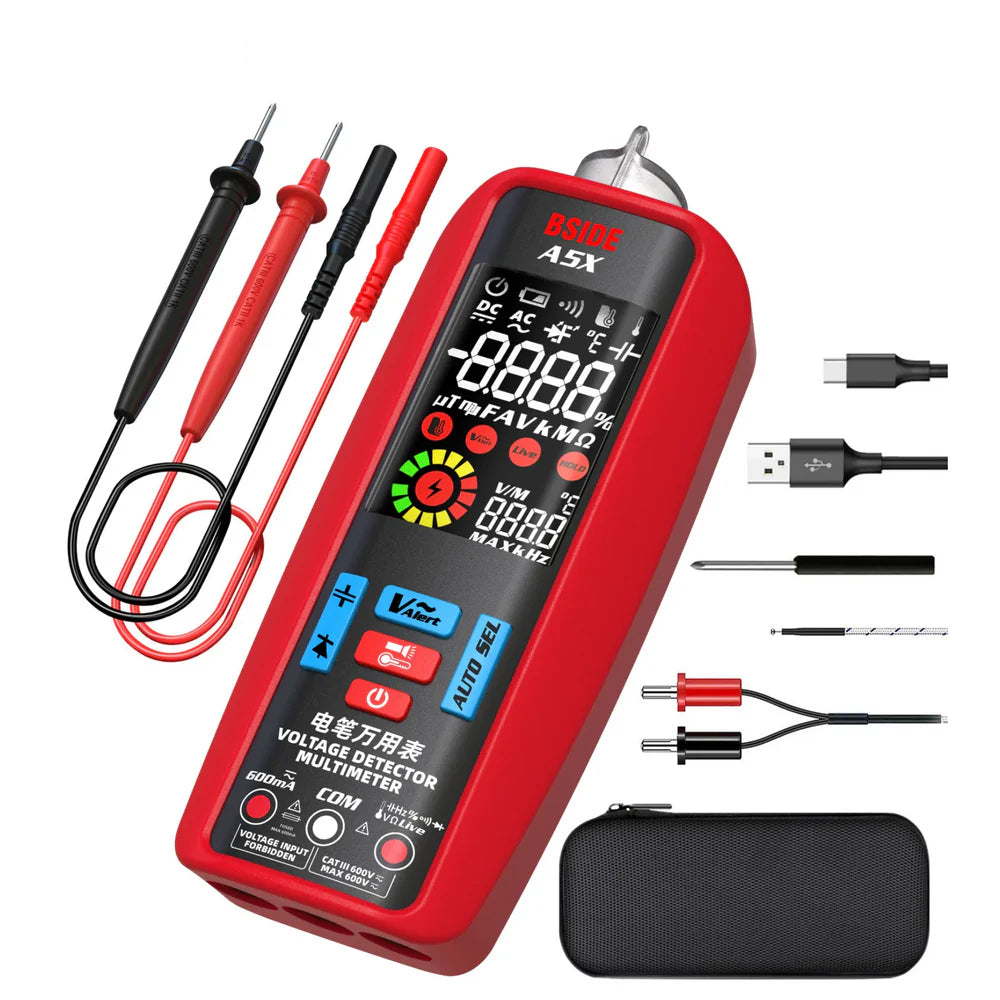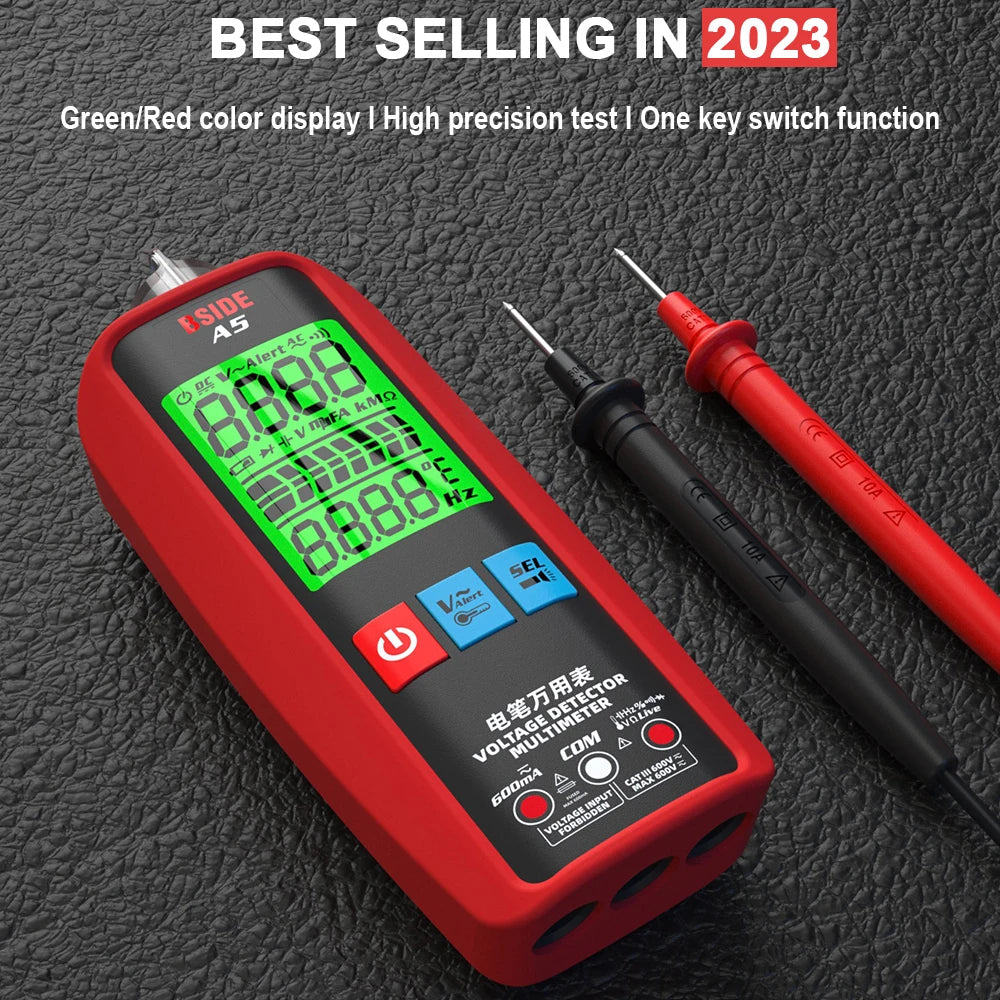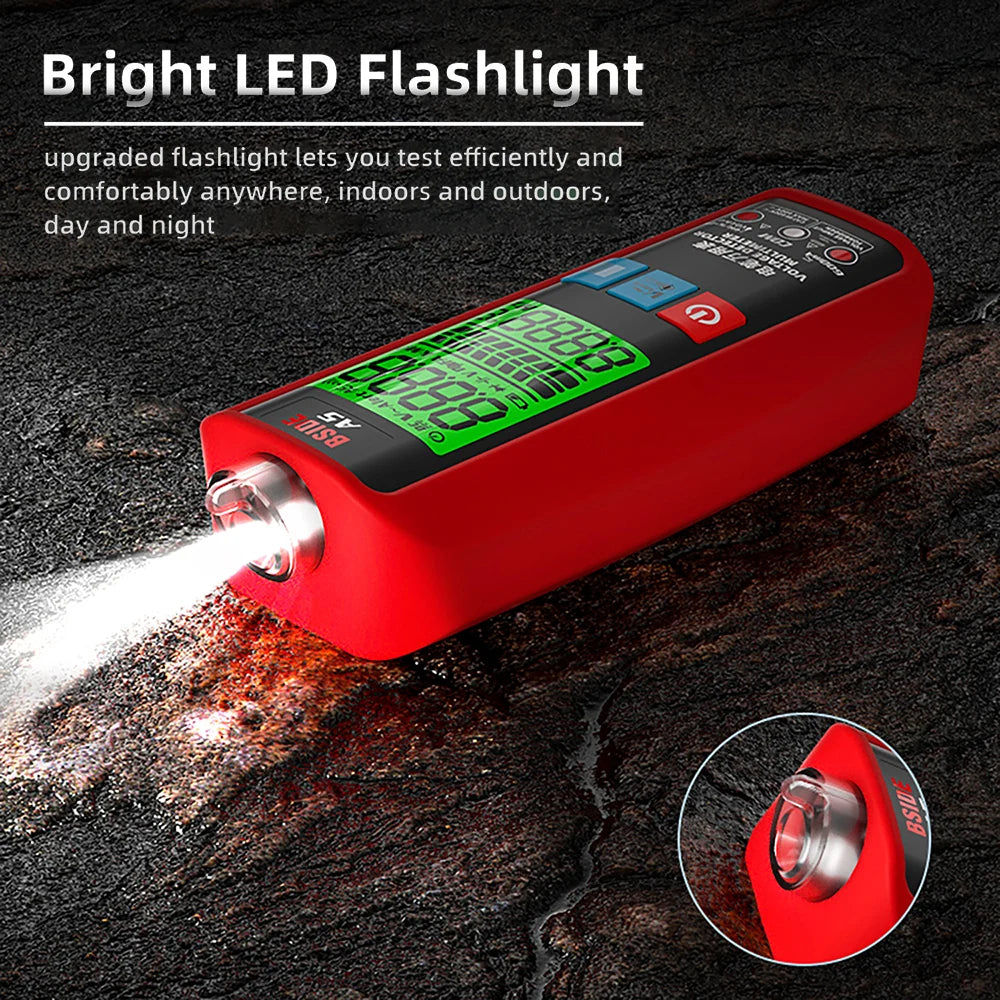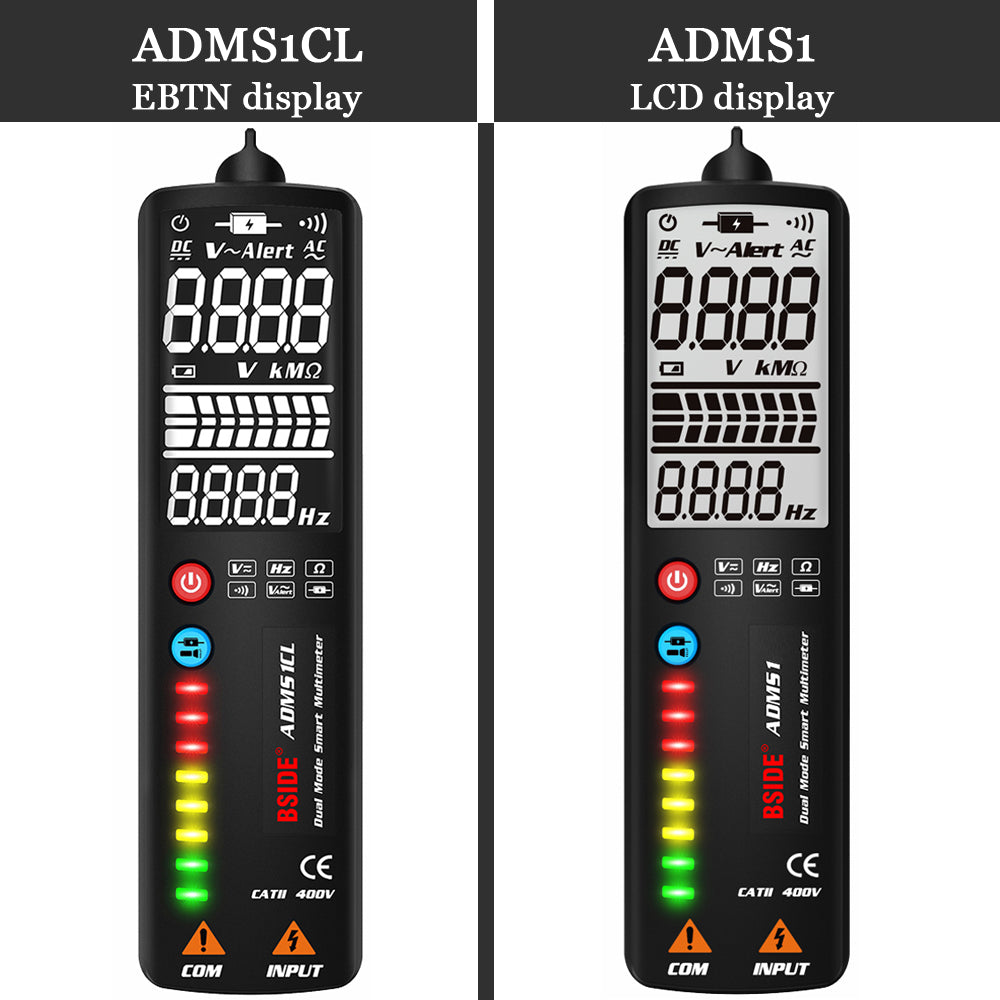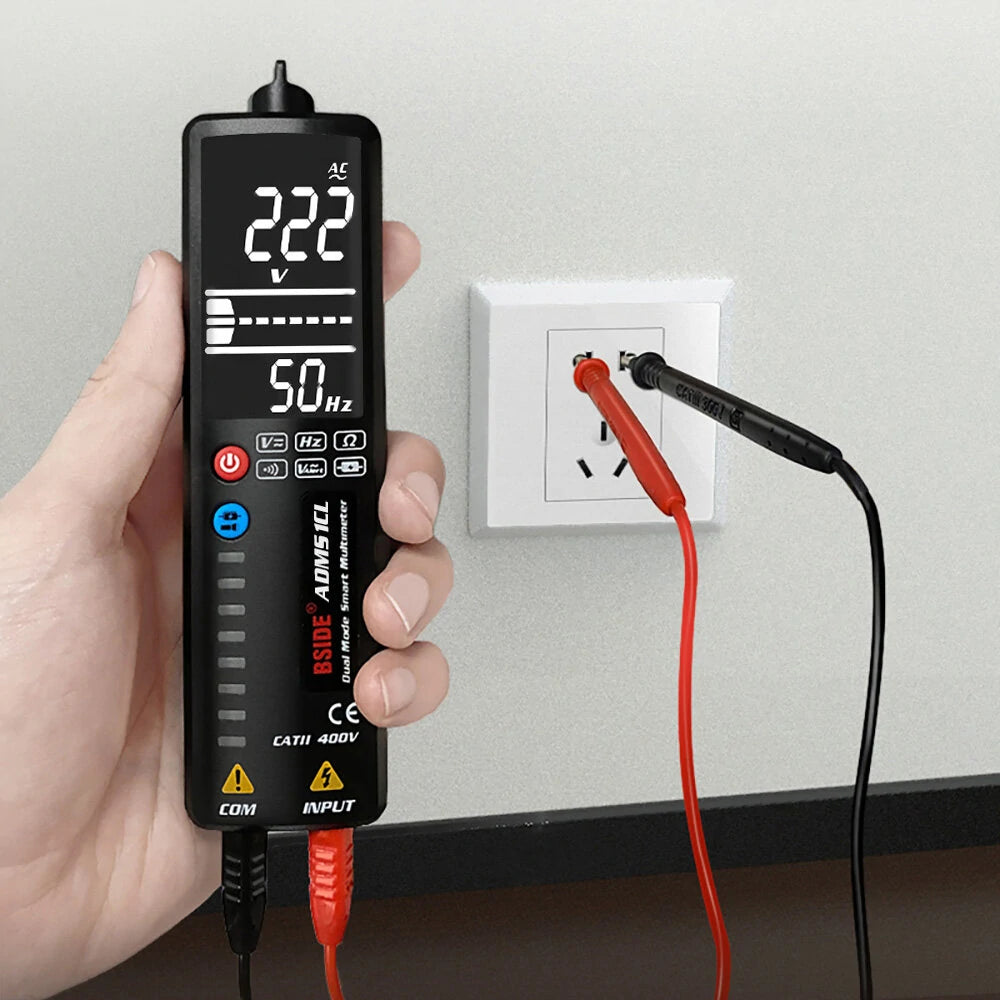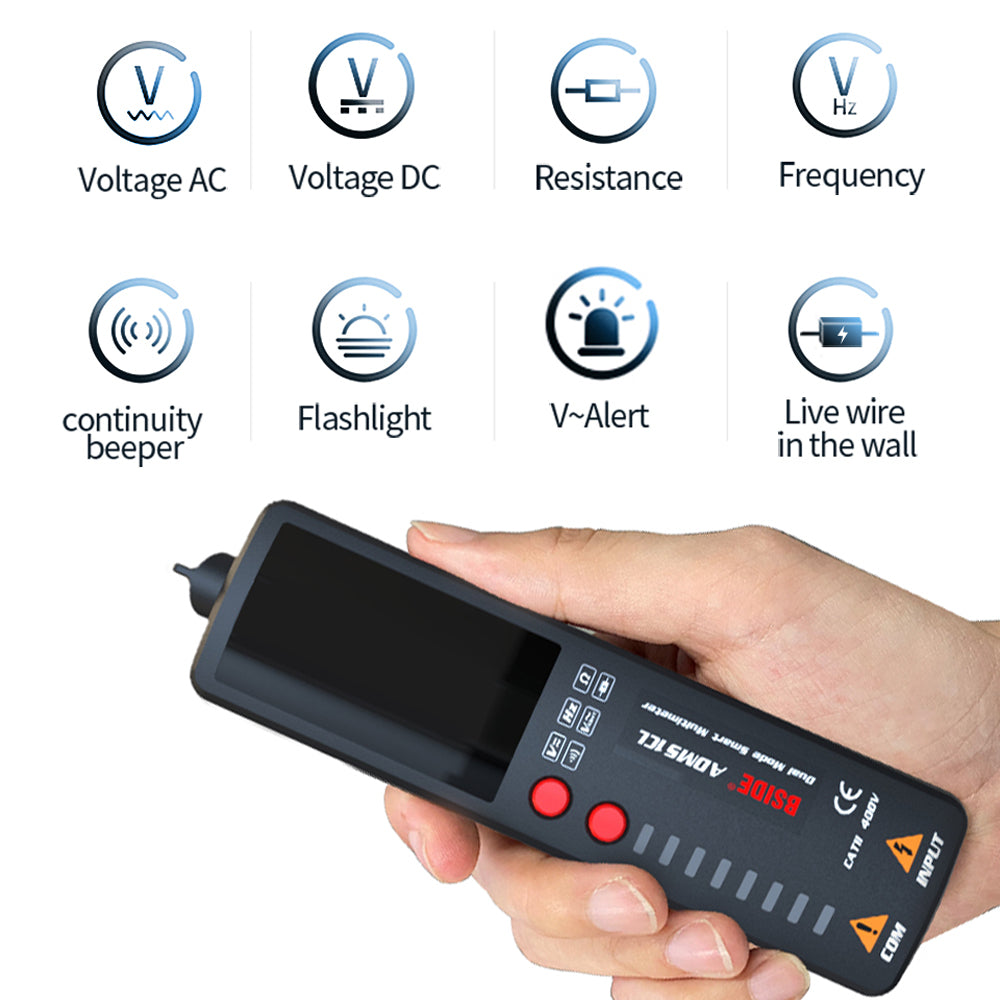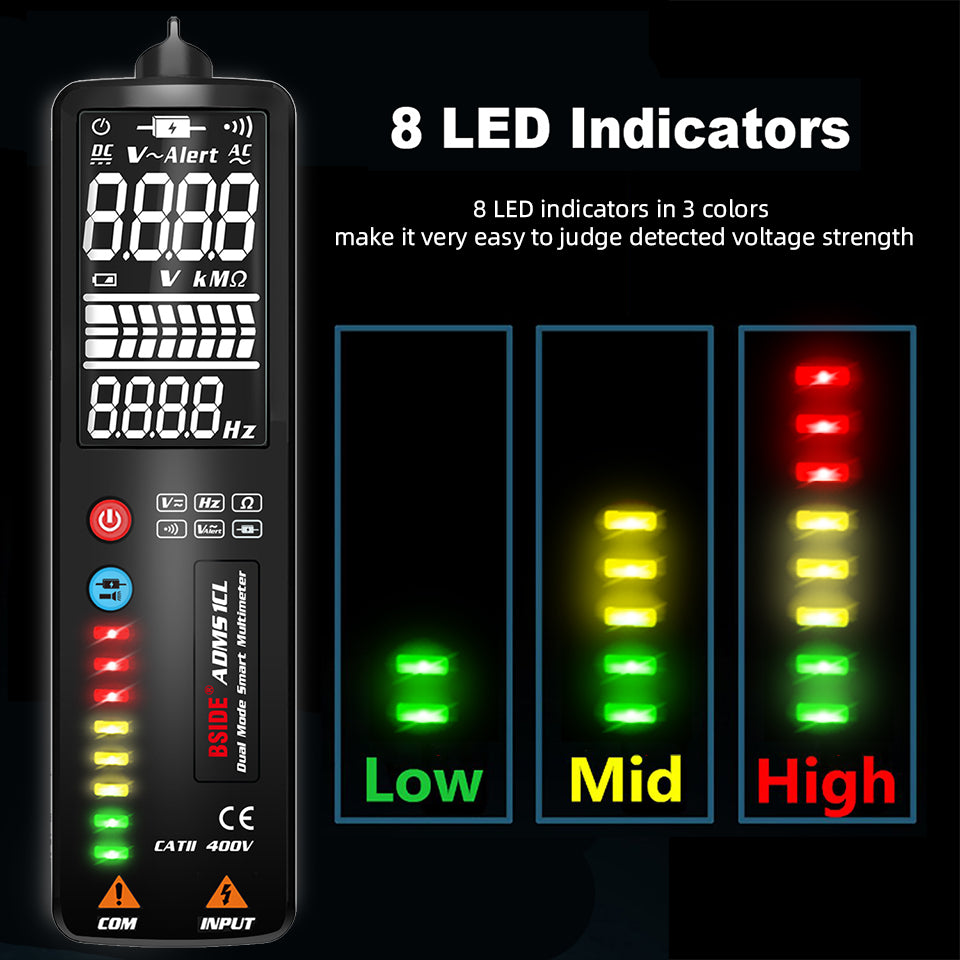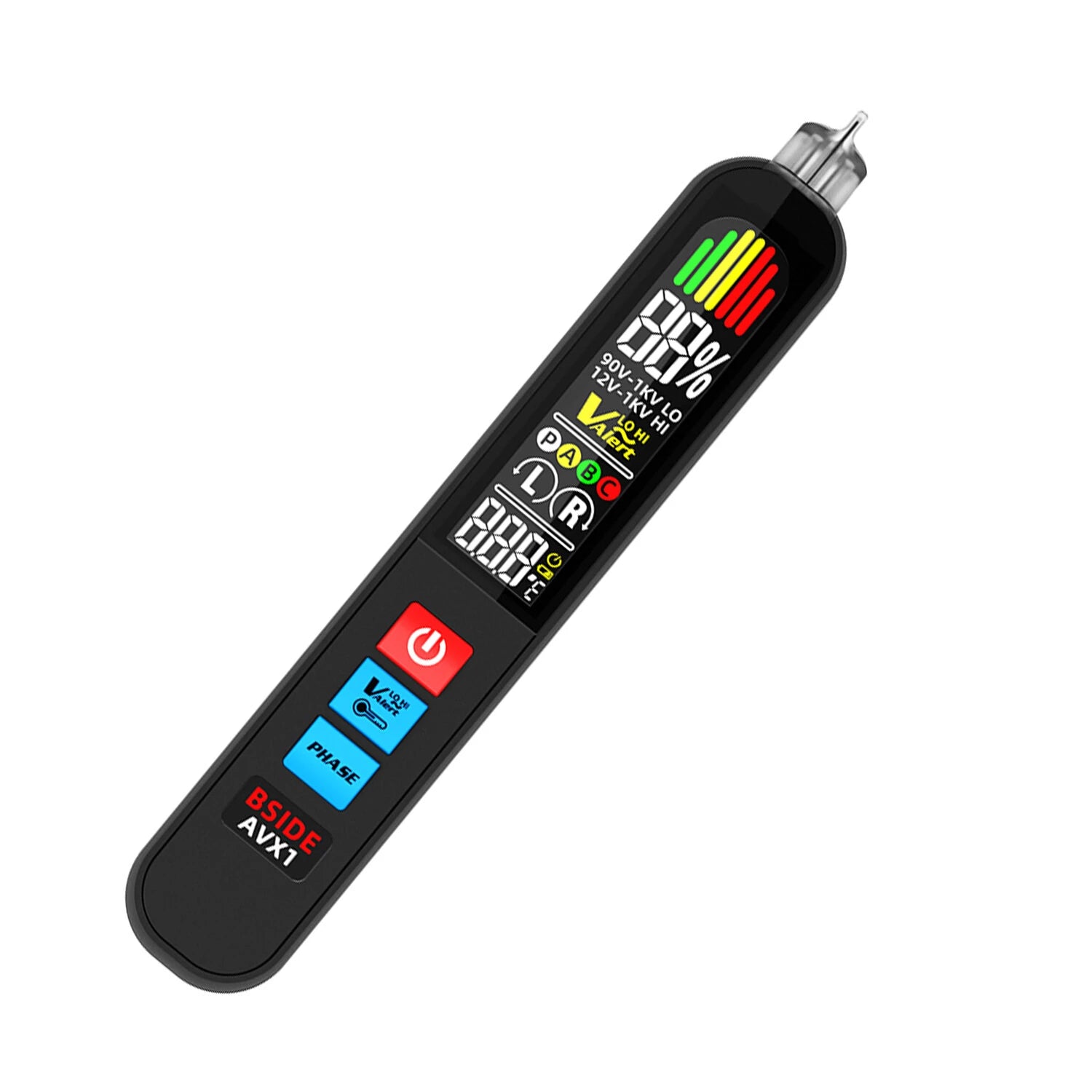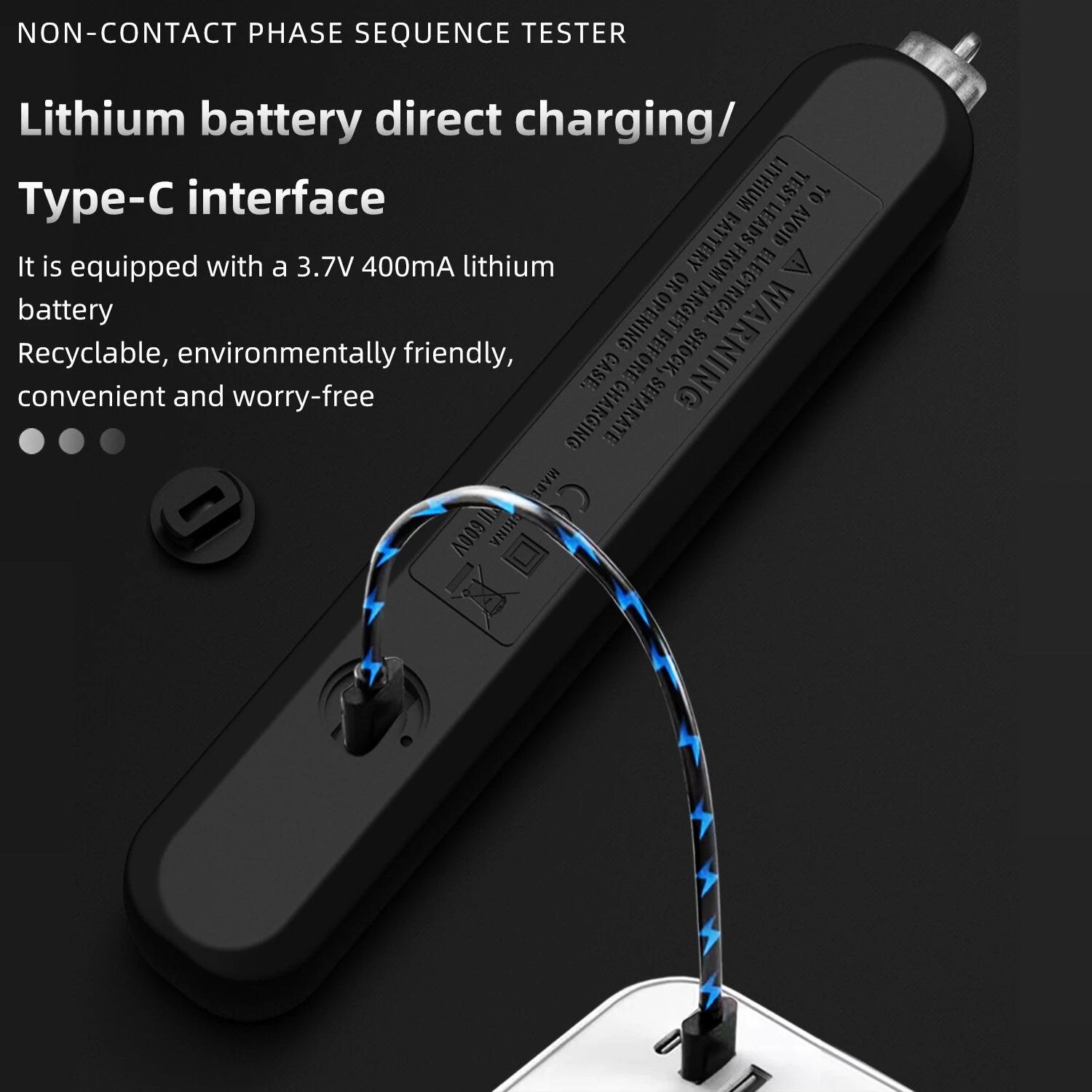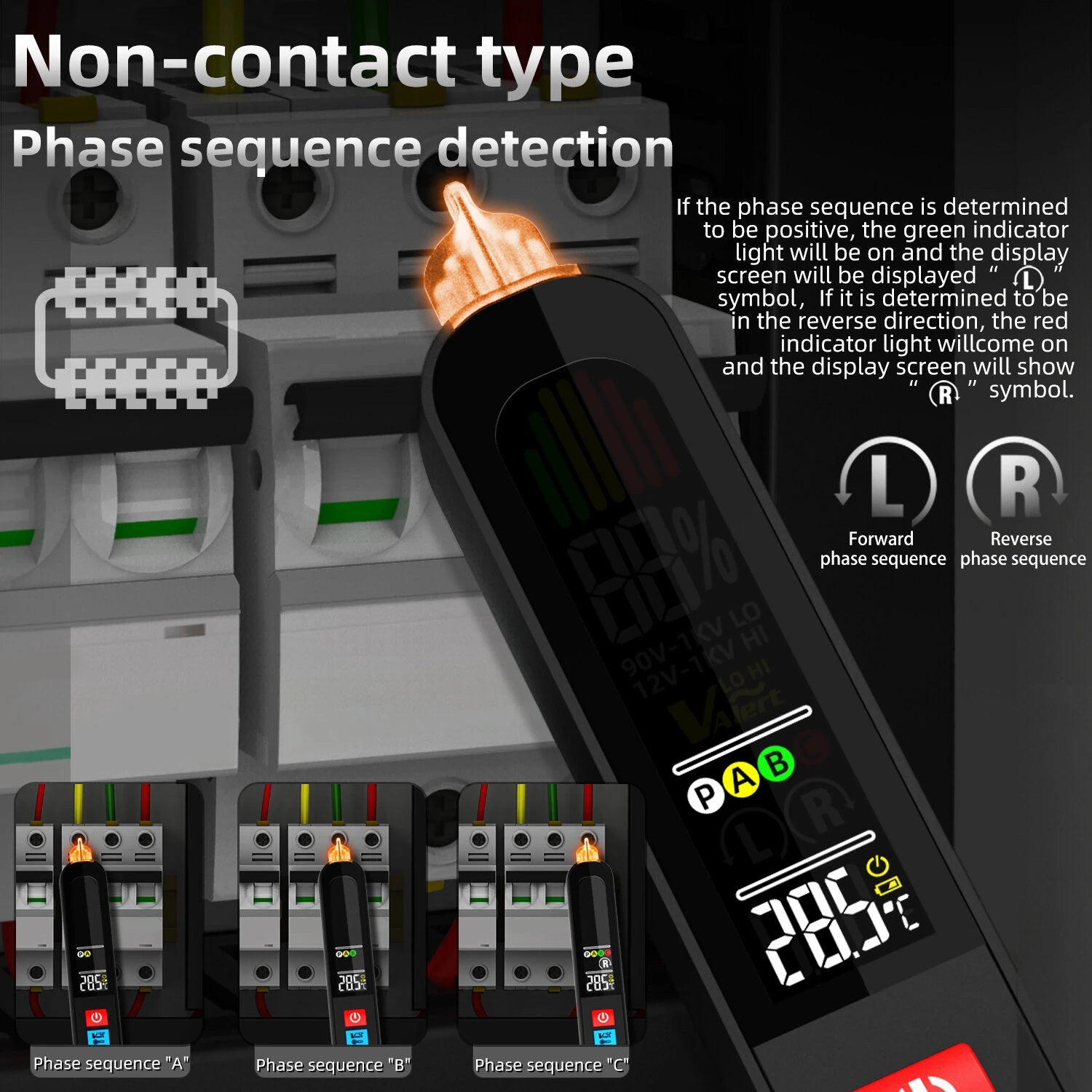When choosing a reliable digital multimeter, understanding the functionality behind measurement modes is essential. Two common settings found in advanced models like the BSIDE ZT-X True RMS Multimeter or BSIDE S30 Smart Multimeter are Auto mode and LoZ (Low Impedance) mode. But what do these terms really mean, and how do they affect your electrical measurements?
What is Auto Mode in a Multimeter?
Auto mode refers to the automatic range or function selection feature in a multimeter. In BSIDE models like the BSIDE ZT-M1 Multimeter with Triple Display, this feature allows the device to intelligently detect whether you’re measuring voltage, resistance, or current, and automatically select the most appropriate range. This makes it ideal for both professionals and beginners who need quick and accurate measurements without manual adjustment.
Key Benefits of Auto Mode:
-
Simplifies operation
-
Reduces risk of incorrect range selection
-
Saves time in multi-purpose testing scenarios
For instance, when using the BSIDE S8 Smart Digital Multimeter, switching to Auto mode lets the device handle resistance or voltage detection automatically—great when troubleshooting unknown circuits.
What is LoZ Mode and Why Use It?
LoZ stands for Low Impedance, a mode that’s especially useful for eliminating ghost voltages—false readings caused by stray voltage in unconnected or de-energized wires. LoZ mode places a heavier load on the circuit, essentially “draining” any phantom voltage.
BSIDE models like the BSIDE ZT100 Digital Multimeter or the BSIDE ZT-5B Auto Range Multimeter with Bluetooth include LoZ mode for accurate AC voltage measurement in environments with electrical noise.
When to Use LoZ Mode:
-
Testing for true voltage in wires that may carry phantom voltage
-
Verifying that a wire is truly de-energized before working
-
Avoiding misleading high readings in residential or commercial circuits
LoZ mode is a critical safety feature—especially when working in environments with shared neutrals or long cable runs, where induced voltages can cause inaccurate readings in standard high-impedance meters.
Which BSIDE Multimeters Support LoZ?
Here are a few BSIDE digital multimeters equipped with LoZ functionality or Auto/Manual switching:
-
BSIDE ZT-X True RMS Multimeter: Features LoZ voltage measurement and triple display for real-time data.
-
BSIDE ZT-M0 Manual Multimeter: Allows switching from Auto to Manual with full control over mode and range.
-
BSIDE ZT301 True RMS Multimeter: Equipped with LoZ and temperature/capacitance test—ideal for HVAC work.
These features make BSIDE multimeters highly versatile, whether you're an electrician, technician, or DIY enthusiast.
Final Thoughts: When to Use Auto vs. LoZ
-
Use Auto mode for general-purpose measurements when speed and ease are important.
-
Use LoZ mode when ghost voltages may lead to misinterpretation or safety hazards.

